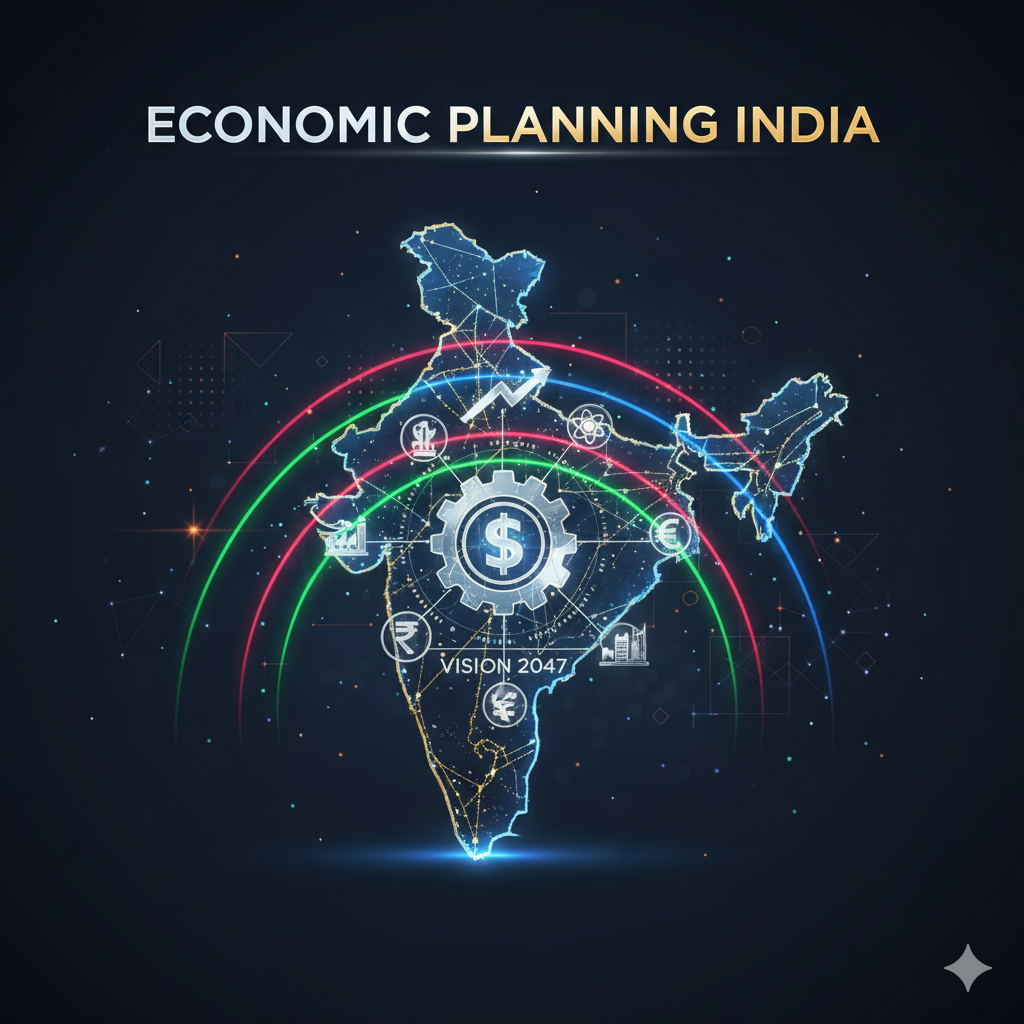Introduction
India’s banking sector is undergoing a profound transformation, driven by digital innovation and financial technology. Traditional banking models, characterized by physical branches, paper-based transactions, and limited hours of operation, are gradually giving way to digital-first solutions. This shift has been accelerated by increasing smartphone penetration, affordable internet access, government initiatives like Digital India, and changing consumer behavior.
At the forefront of this revolution are neobanks and fintech startups, which are redefining the way Indians save, invest, borrow, and manage money. Neobanks are fully digital banks without physical branches, offering services entirely through mobile apps or web platforms. Fintech startups complement this ecosystem by providing specialized financial services such as lending, payments, investment platforms, insurance tech, and more.
This article explores the evolution, current trends, opportunities, challenges, and future prospects of digital banking in India.
1. The Evolution of Banking in India
1.1 Traditional Banking Era
- Dominated by large public sector banks (SBI, Punjab National Bank, etc.).
- Physical branches were essential for most banking services.
- Manual processes, long queues, limited accessibility in rural areas.
1.2 Internet and Mobile Banking
- The 2000s saw the emergence of internet banking, allowing online transfers, bill payments, and account management.
- Mobile banking apps improved accessibility but were often tied to traditional banks.
- Limitations included complicated interfaces and limited innovative services.
1.3 Digital Banking Revolution
- Introduction of Unified Payments Interface (UPI) in 2016 transformed payments.
- Smartphone adoption and fintech innovation enabled services that bypassed traditional banking infrastructure.
- Customers began expecting fast, seamless, and personalized financial services.
2. What are Neobanks?
Neobanks, also called challenger banks, are digital-first banking platforms without physical branches.
Key Features:
- Fully Digital Experience – Account opening, transactions, and customer support occur entirely online.
- Lower Costs – No physical branches mean lower operational costs, which can translate into better interest rates and lower fees.
- Targeted Services – Neobanks often cater to niche segments like freelancers, small businesses, or millennials.
- Integration with Fintech – Partnerships with lending, insurance, and investment platforms enhance service offerings.
- Data-Driven Personalization – AI and analytics help provide tailored solutions to customers.
Examples of Neobanks in India:
- Niyo – Payroll and travel-focused neobank.
- Jupiter – Targeted at millennials with goal-based savings features.
- Fi Money – Offers high-yield savings and expense tracking.
- RazorpayX – Business-focused neobank for SMEs and startups.
3. Role of Fintech Startups in Digital Banking
Fintech startups complement neobanks by offering innovative financial services:
3.1 Payments & Transfers
- Apps like Paytm, PhonePe, Google Pay enable seamless peer-to-peer and merchant payments.
- QR-based payments and UPI integration have driven adoption even in Tier-2 and Tier-3 cities.
3.2 Lending & Credit
- Lending startups like Bajaj Finserv, EarlySalary, KreditBee provide instant personal loans via mobile apps.
- Credit scoring uses alternative data such as social behavior and digital transaction history.
3.3 Investment Platforms
- Apps like Groww, Zerodha, Upstox democratize investing in stocks, mutual funds, and ETFs.
- Robo-advisors offer automated portfolio management for retail investors.
3.4 Insurance Technology (Insurtech)
- Policybazaar, Acko, Digit Insurance simplify insurance comparison, purchase, and claims.
- AI and big data improve risk assessment and personalized policies.
3.5 Blockchain and Security
- Fintech startups are exploring blockchain for secure transactions and cross-border payments.
- Enhances transparency and reduces fraud risk.
4. Advantages of Digital Banking
Digital banking, driven by neobanks and fintech startups, offers multiple advantages:
4.1 Accessibility and Convenience
- Customers can open accounts, transfer funds, pay bills, and manage investments from mobile apps anytime, anywhere.
- Particularly beneficial for rural populations and unbanked individuals.
4.2 Cost-Effectiveness
- Lower operational costs lead to better interest rates, reduced fees, and financial products tailored for low-income users.
4.3 Personalized Services
- AI and analytics help create customized financial solutions such as goal-based savings, spending alerts, and credit recommendations.
4.4 Financial Inclusion
- Digital banking reaches previously underserved populations, including women, students, and small entrepreneurs.
4.5 Innovation and Competition
- Traditional banks adopt new technologies and collaborate with fintechs to remain competitive, enhancing the overall financial ecosystem.
5. Challenges in Digital Banking
Despite significant growth, digital banking faces challenges:
5.1 Regulatory and Compliance Issues
- RBI regulates banking and payment services, but guidelines for neobanks are evolving.
- Startups must comply with KYC, AML, and data protection norms.
5.2 Cybersecurity Risks
- Data breaches, phishing attacks, and malware are significant concerns.
- Building trust is critical for user adoption.
5.3 Limited Financial Literacy
- Users need education to adopt complex digital products like investments, insurance, and loans.
5.4 Competition with Traditional Banks
- While neobanks attract younger audiences, traditional banks still dominate retail and corporate segments.
5.5 Infrastructure Gaps in Rural India
- Internet connectivity, digital literacy, and smartphone penetration remain hurdles in certain regions.
6. Government and Regulatory Support
The Indian government and RBI have actively supported the digital banking ecosystem:
- Digital India Initiative – Encouraging cashless transactions and digital literacy.
- RBI Guidelines for Payment Banks – Regulatory framework for neobanks and fintech partnerships.
- UPI and Bharat Bill Payment System (BBPS) – Promoting interoperable digital payments.
- Sandbox Programs – RBI’s fintech sandbox allows startups to test innovations under supervision.
- Financial Inclusion Schemes – Jan Dhan accounts and DBT (Direct Benefit Transfer) enhance reach.
7. The Future of Digital Banking in India
The next decade promises accelerated growth and innovation:
7.1 Rise of Neobanks
- Niche-focused neobanks will dominate areas like SME banking, student accounts, and youth banking.
- Partnerships with fintechs will provide a broader range of financial products.
7.2 AI and Machine Learning
- AI-driven credit scoring, personalized financial advice, fraud detection, and chatbot-based support will improve efficiency.
7.3 Embedded Finance
- Digital banking integrated with non-financial apps (e.g., e-commerce, ride-hailing) will make banking seamless.
7.4 Blockchain and Crypto Integration
- Secure and transparent transactions using blockchain for cross-border payments and decentralized finance (DeFi).
7.5 Global Expansion
- Indian fintechs and neobanks may expand into Southeast Asia, Middle East, and Africa, leveraging India’s digital payment expertise.
7.6 Sustainability and Green Banking
- Digital banking reduces paper usage and promotes eco-friendly operations.
8. Case Studies
Case Study 1: Niyo Global Account
- Offers travel and forex solutions entirely via app.
- Simplifies cross-border transactions for Indian travelers and NRIs.
Case Study 2: Jupiter App
- Focuses on millennials with goal-based savings, reward points, and investment features.
- Promotes financial discipline using AI-based insights.
Case Study 3: RazorpayX for SMEs
- Provides business banking, payroll, and expense management digitally.
- Helps small enterprises scale operations without traditional banking constraints.
9. Impact on Traditional Banks
- Traditional banks are adopting digital-first strategies: mobile apps, online lending, and AI-based customer support.
- Collaboration with fintech startups enhances customer experience and operational efficiency.
- Some banks are launching their own neo-branches and digital-only products to compete.
10. Conclusion
Digital banking, driven by neobanks and fintech startups, is reshaping India’s financial landscape. The sector has enabled greater financial inclusion, convenience, and personalized services for millions of Indians. While challenges such as cybersecurity, regulatory compliance, and financial literacy remain, the future is promising.
With AI, blockchain, embedded finance, and global expansion, India is poised to become a world leader in digital banking innovation. Traditional banks, fintech startups, and neobanks will continue to coexist, collaborate, and compete, creating a robust, inclusive, and technologically advanced financial ecosystem.
The message is clear: digital banking is not just the future—it is already transforming India today.




